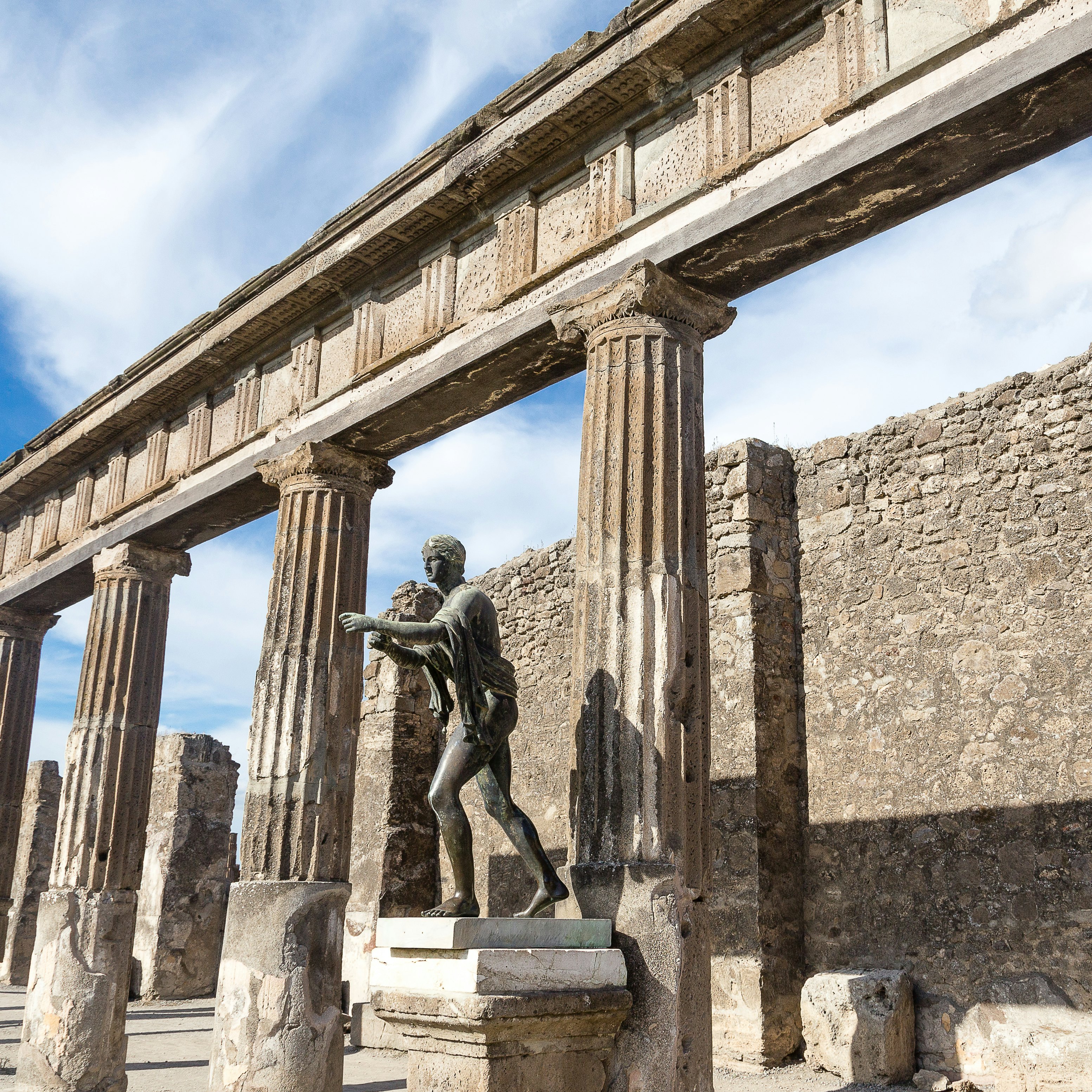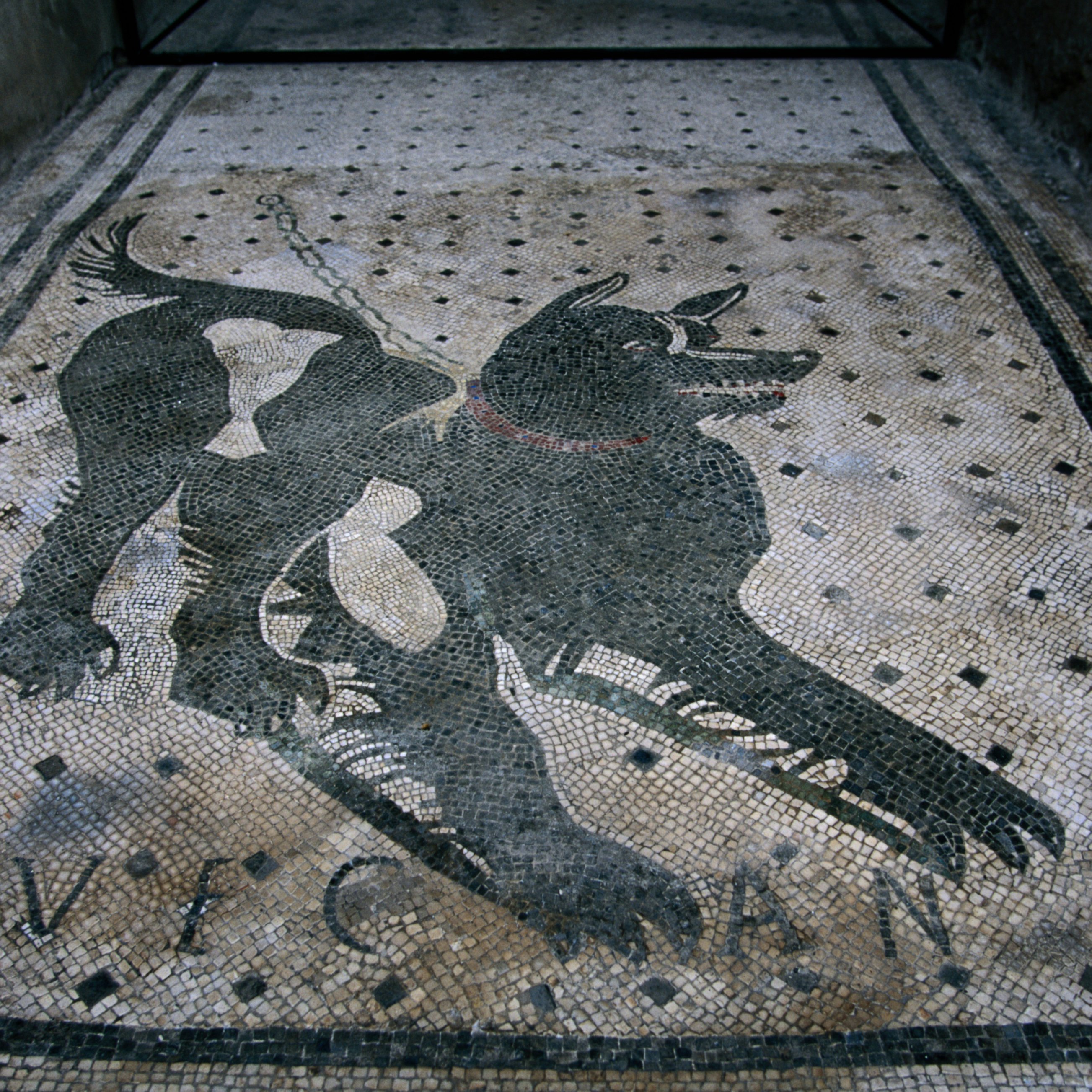
Overview
Modern-day Pompeii (Pompei in Italian) may feel like a nondescript satellite of Naples, but it's here that you'll find Europe's most compelling archaeological site: the ruins of Pompeii. Sprawling and haunting, the site is a stark reminder of the destructive forces that lie deep inside Vesuvius.
Leave the planning to a local expert
Experience the real Pompeii. Let a local expert handle the planning for you.
Must-see attractions
Get a book. Get inspired. Get exploring.
in partnership with getyourguide

















